Lenovo Yoga 730
There are many things you could nitpick about the Lenovo Yoga 730. It’s not much of an improvement over the previous model. Its battery life and speakers aren’t that great. It’s a little on the heavy side. Its display is ‘meh’.
However, priced between the shoddier, bargain basement and loftier, premium 2-in-1 laptops, this Ultrabook gives you the best of both worlds. Starting at $879 (see below for regional pricing), the Yoga 730 gives you high quality build that can take a beating sans the price tag that might burn a hole in your pocket.
And, what do you know, the Yoga Book 730 also lets you perform your daily work tasks – and even watch a movie or two.
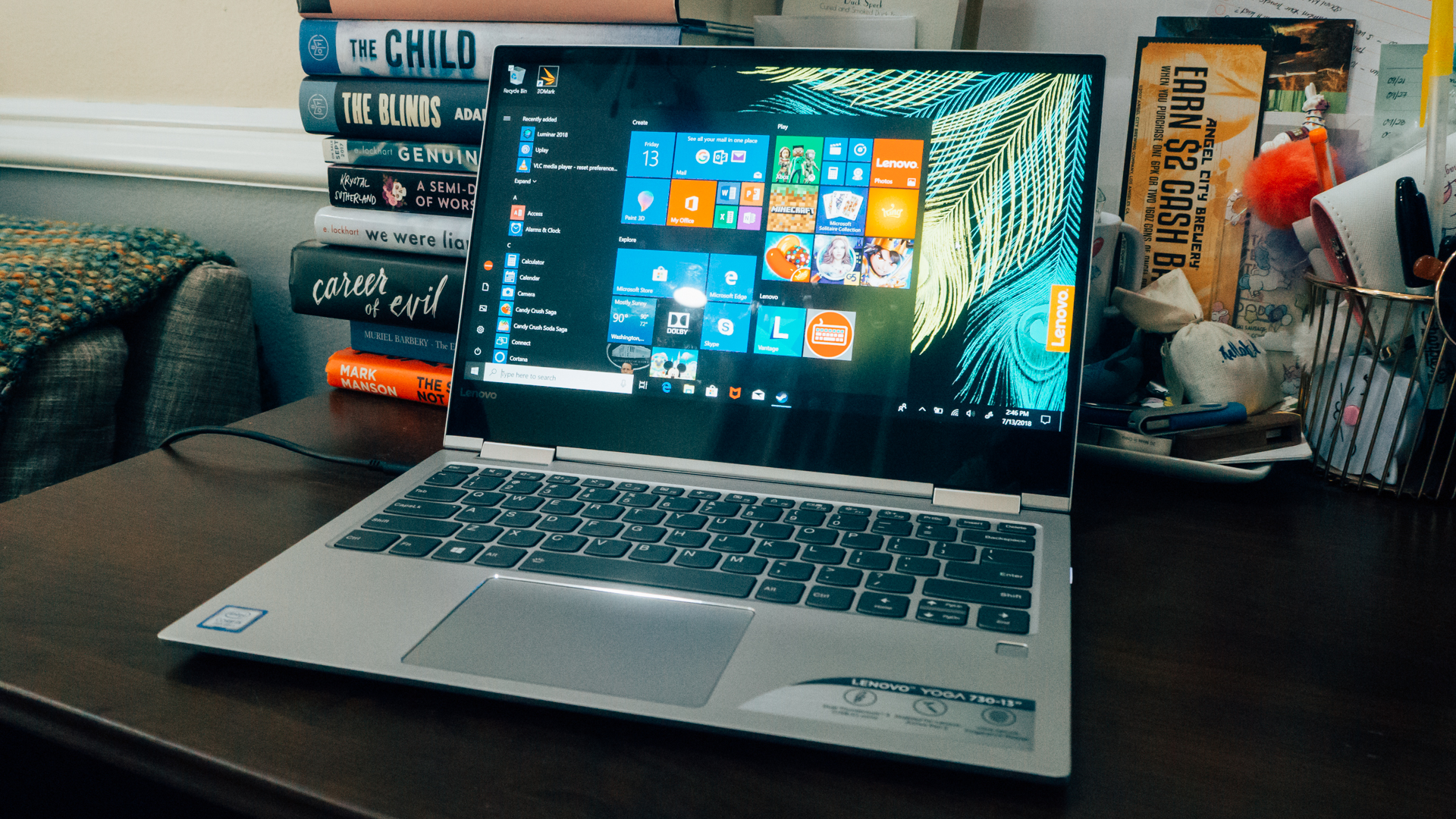
Price and availability
In the world of Ultrabooks, The Lenovo Yoga 730 starts at an affordable $879 (about £1,100), though the configuration used for this review came in at $949, which is the basic configuration with an upgraded SSD. This configuration is not yet available in the UK, but goes for AU$1,999.
There are several configurations available in the US, the most expensive of which is $1,449 (about £1,500, AU$2,519). The only differences in these configurations are the amount of ram and the size of the SSD with a maxed out Yoga 730 coming stock with 16GB of RAM and a 512GB SSD.
While the Lenovo Yoga 730’s competitors might come in a little lighter, with more horsepower or better battery life, those models start at a much higher price. The XPS 13 2-in-1, for example, starts at $1,199 (about £1,149, AU$$1,999) with similar specs to the configuration reviewed here, while the HP Spectre x360 convertible, also with similar specs, comes in at $1,149 (about £889, AU$2,499).
Design
The first thing you’ll notice about the Yoga 730 is that it’s surprisingly heavy, especially for how thin and small it is. Though it’s a bit of an improvement from the Yoga 720, it’s still a little more than half a pound heavier than the MacBook at 2.62 pounds. However, the laptop is not so heavy that it’s a burden to lug around. If you’re looking for something truly light, this tiny detail is something you might have to overlook especially.
Despite the weight, the laptop is compact and thin, with a sleek, minimalist look, a simple ‘Yoga’ logo engraved in the corner and a chassis made of aluminum. We’re not quite pleased with its sharper edges, but you’d have no issue looking for a place to tuck this thing into, even when you’re traveling light. And, since it is small, it’ll fit comfortably on your tray table if you’re looking to be productive on the plane.
As far as its overall build, you can tell immediately that this Ultrabook feels durable and well-made. That includes its dual hinges that hold the display which feel very sturdy and high quality. These are usually a problem area for many 2-in-1s, especially the more affordable ones, but the Yoga 730’s are tight enough to prevent the display from wobbling when in standard laptop orientation.
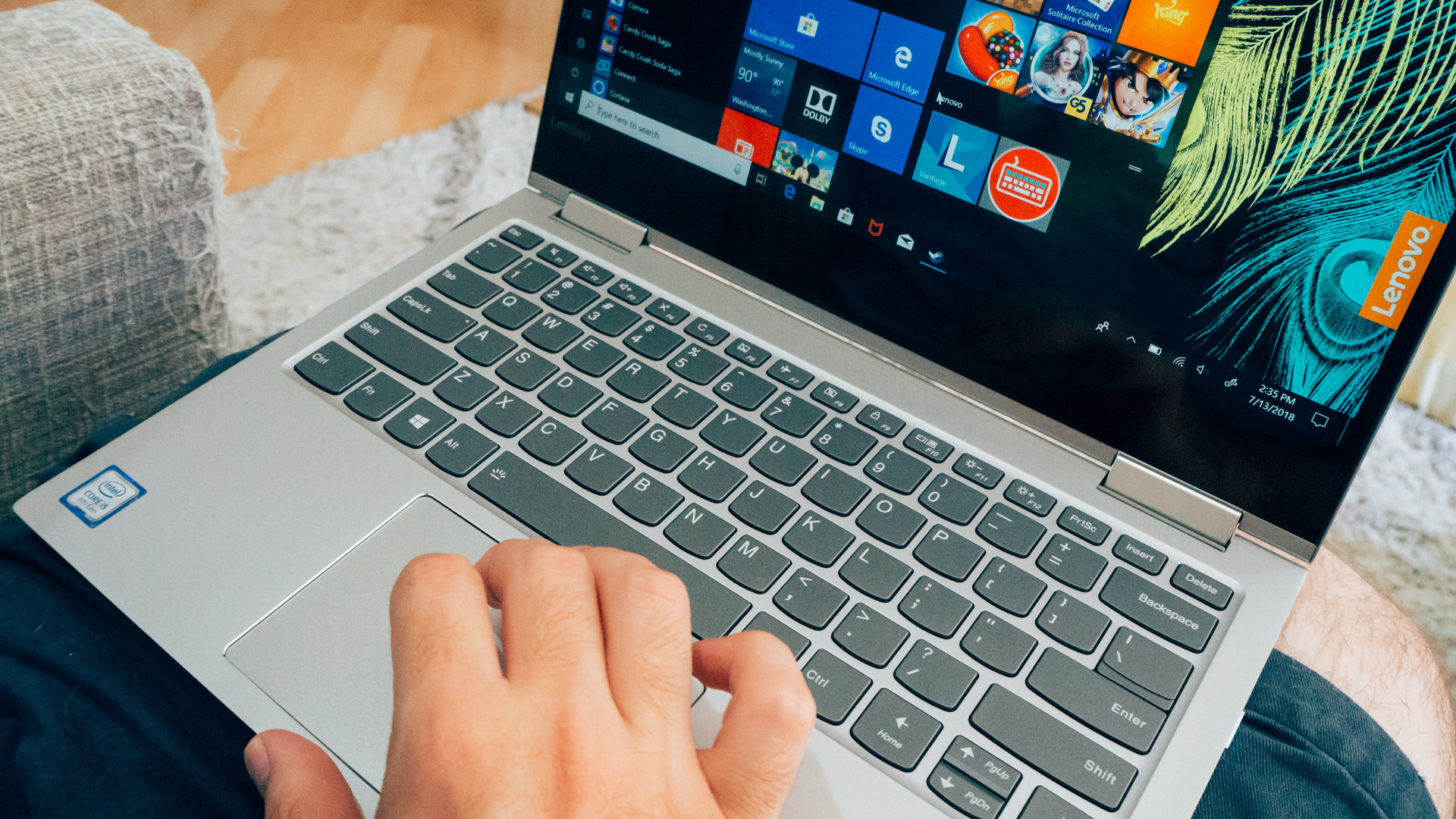
Keyboard and trackpad
The trackpad, a Microsoft Precision trackpad that enables extra Windows-specific gestures and movement, is one of the Yoga 730's best bits. Unlike cheaply built models, this Ultrabook’s trackpad feels snug and doesn’t have unnecessary give or separation from the body.
Lenovo's silky trackpad finish might not be something everyone will appreciate, but it’s accurate and responsive, with no discernable lag. Don’t expect the trackpad to perform well for gaming, but for your productivity needs, it works quite well. We also appreciate its soft white backlighting, which you can easily turn off and on by pressing Fn + the spacebar.
The keyboard is just as responsive and accurate, with a relatively short travel distance. It is not as comfortable as you’d hope, but this is typical with many 2-in-1s wherein the keys are a tad stiff and don’t offer a lot of bounce. This just means that using the keyboard takes some getting used to, and you might have to tolerate some finger fatigue in the beginning.
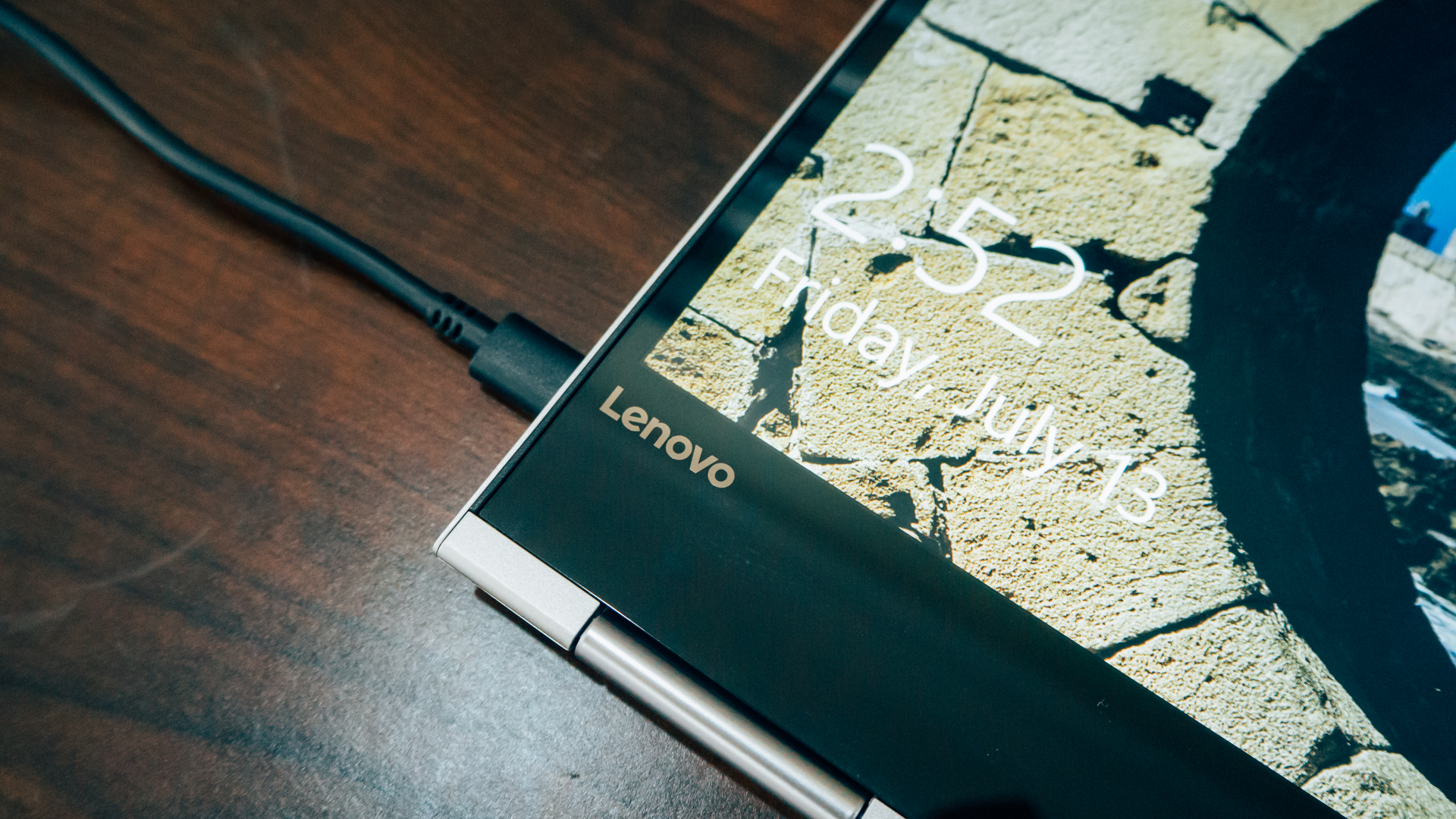
Display and sound
The 13.3-inch touchscreen display, much like with the rest of the design, feels solid and worth the price.
That’s not to say that the screen doesn’t have its limitations. The display has a glossy finish that easily takes on fingerprints, especially if you’re using the tablet mode often. The anti-glare coating only goes so far, and is no match for actual sunlight. It’s a little dark even at its brightest setting, and exhibits some dominant purple tones. And, the camera at the top middle of the display falls short in resolution at just 720p.
On the plus side, the screen is slim on the sides at 5.9mm: a relatively thin bezel for more real estate. The anti-glare coating is ideal for lamps and indoor lights. And, the webcam boasts stabilization.
More importantly, unlike other models where you feel that tiniest, annoying gap between the screen and the LCD glass, you don’t really get that with the Yoga 730’s display. Smooth and well-made, it doesn’t feel cheap and is very responsive to taps, scrolls and presses. It also offers pen support—the Lenovo Active Pen 2 is a good accessory to invest in if you’re a pen user—and at default, it offers keyboard click sounds to emulate a tactile response when on tablet mode.
The speakers on the Yoga 730 are very quiet – too quiet. You shouldn’t expect much better from a typical 2-in-1 system, but it’s still pretty underwhelming. And, while the quality is pretty balanced, there’s very little low end.
Naturally, the sound is a lot louder with headphones. You have all the volume you need when using headphones, limited only by the type of headphones you’re using. To customize the sound, at least to an extent, you can use the Dolby Atmos software, which includes presets as well as a 20-band equalizer.
Performance-wise, the Yoga 730 delivers as expected of laptops of the same caliber. Our test unit features a 1.6GHz Intel Core i5-8250U processor, 8GB of RAM and a 256GB SSD, which is definitely good enough for normal productivity tasks. It’s able to handle those tasks quite well.
The laptop can even handle some gaming, as long as you stay away from graphics-intensive ones. Testing it with Hellblade: Senua’s Sacrifice, the laptop struggled a little, forcing us to play on low settings. However, testing it with South Park: Fractured But Whole, which isn’t graphics heavy, the laptop performed without a hitch.
Similarly, you will get substantial fan action if you push its processor. For example, even opening several browser tabs (between 15 and 20) at the same time while streaming a video will trigger the fans inside. However, unless you’re doing some heavy video and photo editing, the laptop will do just fine.
We wouldn’t recommend the Yoga 730 if your daily productivity involves handling large media files. However, for word processing, web browsing, emails and video conferencing, and even small levels of photo editing, it’s definitely good enough.
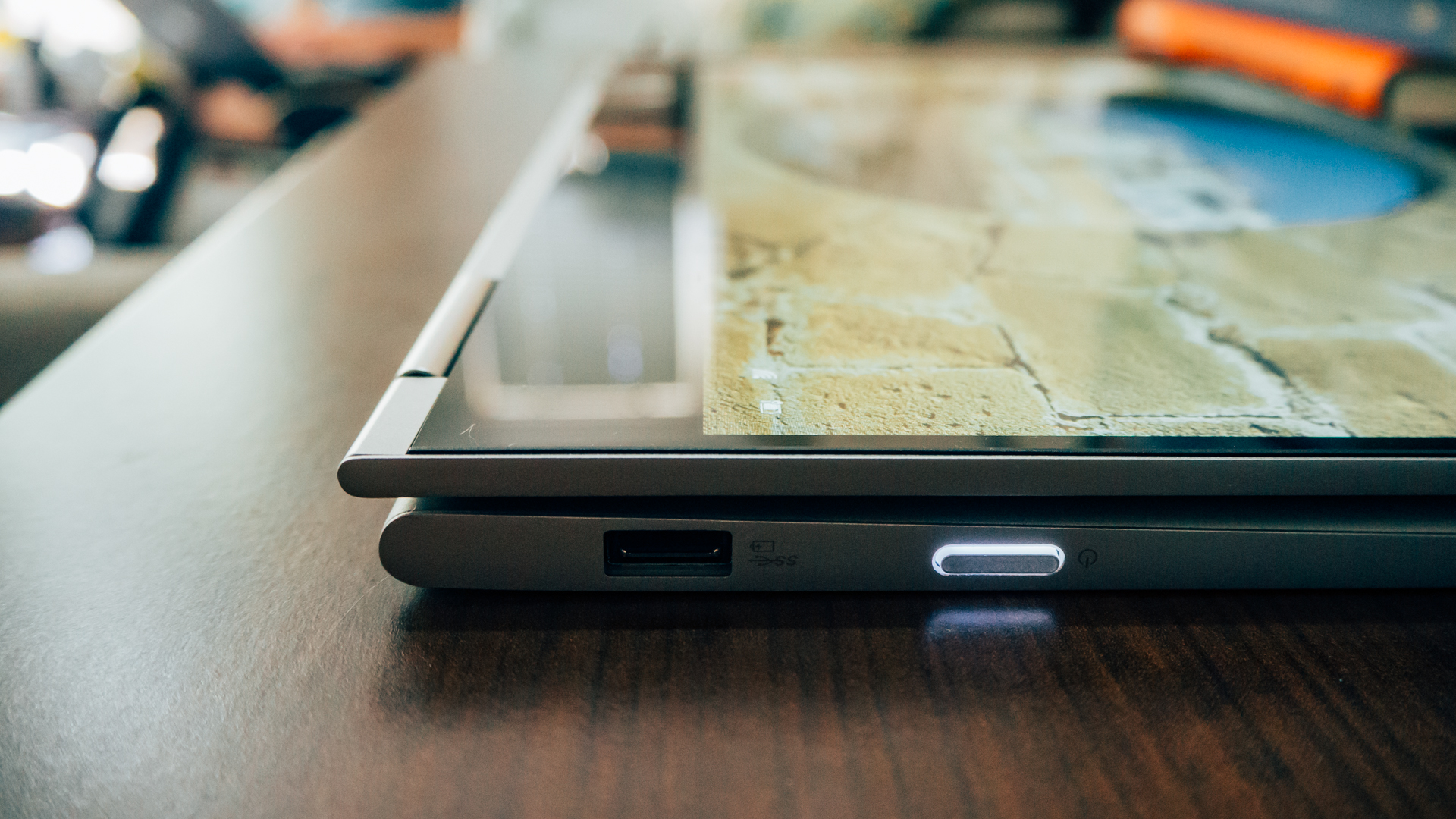
Battery life
According to Lenovo literature, the Yoga 730 is supposed to last up to 11 hours and 30 minutes on a charge. That certainly isn’t the case when running graphics-heavy applications. Running our Guardians of the Galaxy movie test, for example, the battery only lasted about 6 hours and 30 minutes. While battery life that doesn’t meet what it says on the tin is part for the course,, compared to similar Ultrabooks, the battery life could be better.
Still, if you’re utilizing this mostly for productivity, the laptop should last to allow you a full day’s worth of work, plus a movie, and you’d only need to charge at the end of the day. As a bonus, the Yoga 730 has a fast charging feature, which should give you two hours worth of use in only 15 minutes.
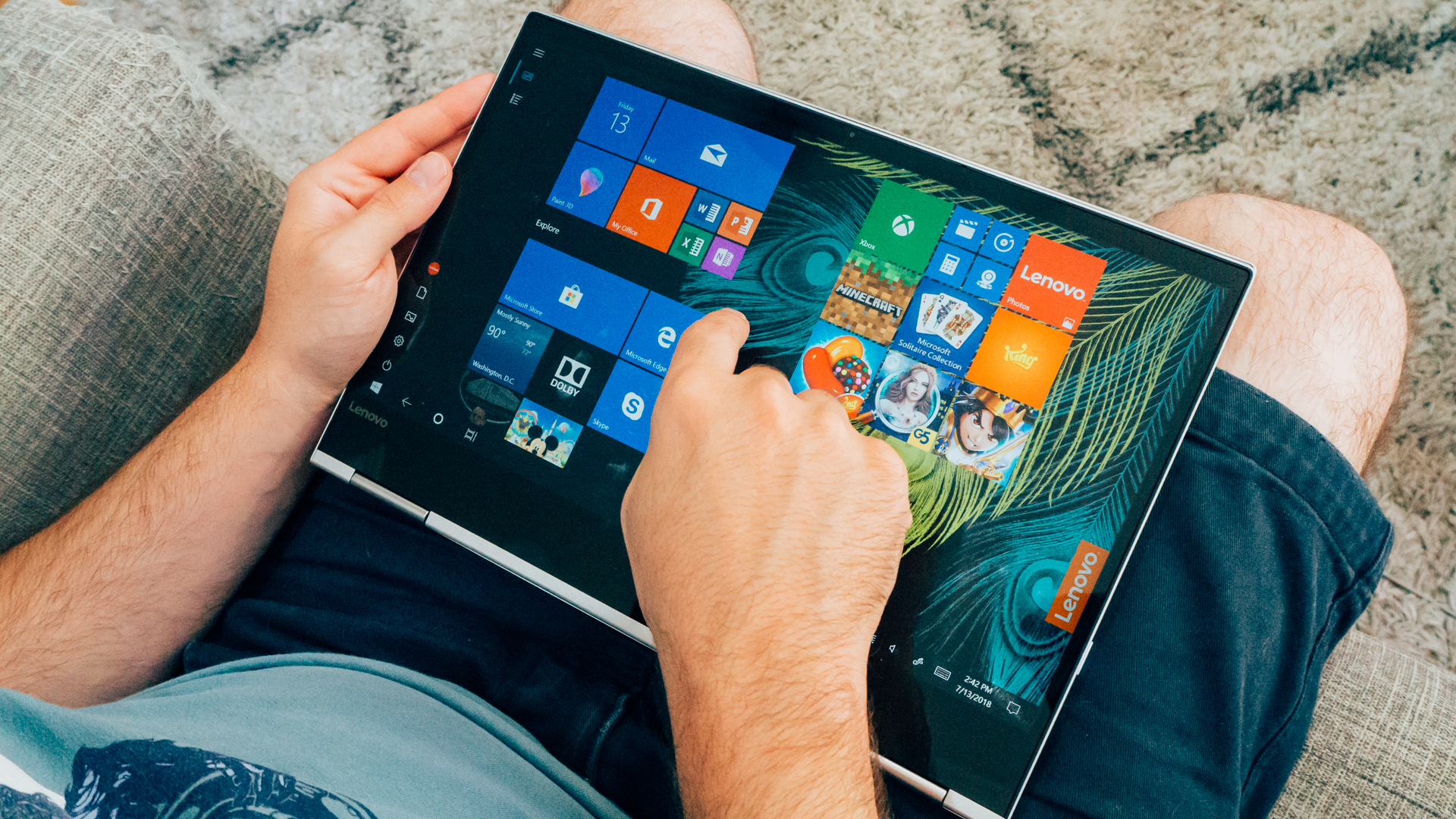
Tablet mode
The Yoga 730 touchscreen display is top notch, with dual hinges made of durable stuff and speedy touch response. We cannot say that Yoga 730’s tablet mode is perfect: the placement of the power button on the top left side, while convenient when on laptop mode, is troublesome when you’re in tablet mode, as it is prone to accidental presses.
Other than that, however, the tablet orientation a crowd-pleaser especially for those who have a taste for Windows tablets. It’s certainly useful for watching movies on the road, and if you just want to tick off a few tasks off your list while on the go.
Cortana
The Yoga 730, like all Windows 10 devices, also boasts Cortana, the Alexa-like virtual assistant for Windows devices. This voice-activated feature is worthy of a short mention, if only for the fact that it does help you with maintaining a better, less interrupted workflow.
Though we haven’t tested Cortana long enough to see how it compares to Alexa, the service does score points with us for being sensitive enough to hear and perform requests coming from another room.
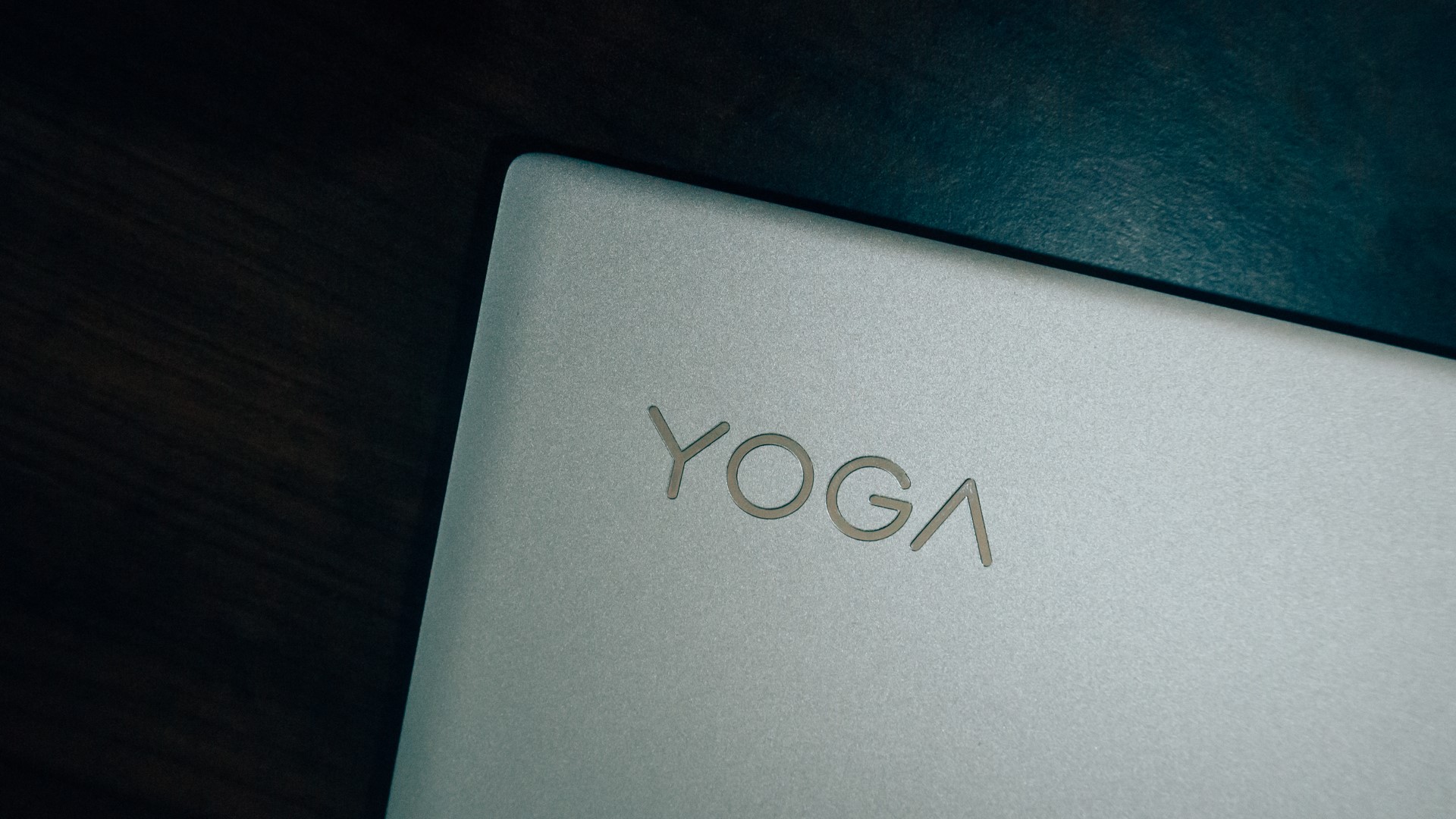
Final verdict
The Lenovo Yoga 730 is far from perfect. With longer battery life, stronger speakers and even a 1080p camera, others would be so quick to criticize it. In our humble opinion, however, we think it’s pretty solid the way it is.
First of all, other Ultrabooks with similar configurations come with a higher price tag, while cheaper ones generally have worse specs and inferior build quality. Secondly, the laptop’s limitations come with alternate solutions, namely a rapid charger and better sound quality through the audio jack. Granted, if you’re a filmmaker or a photographer, you won’t get too far with this. But, this laptop is not designed for that.
What it is designed for is to let you tick off your long list of daily tasks conveniently no matter where you are, and allow you access to occasional entertainment, whether it be a simpler game, a Netflix show or music. And, for that, the Lenovo Yoga 730 definitely does the job.
0 comments:
Post a Comment